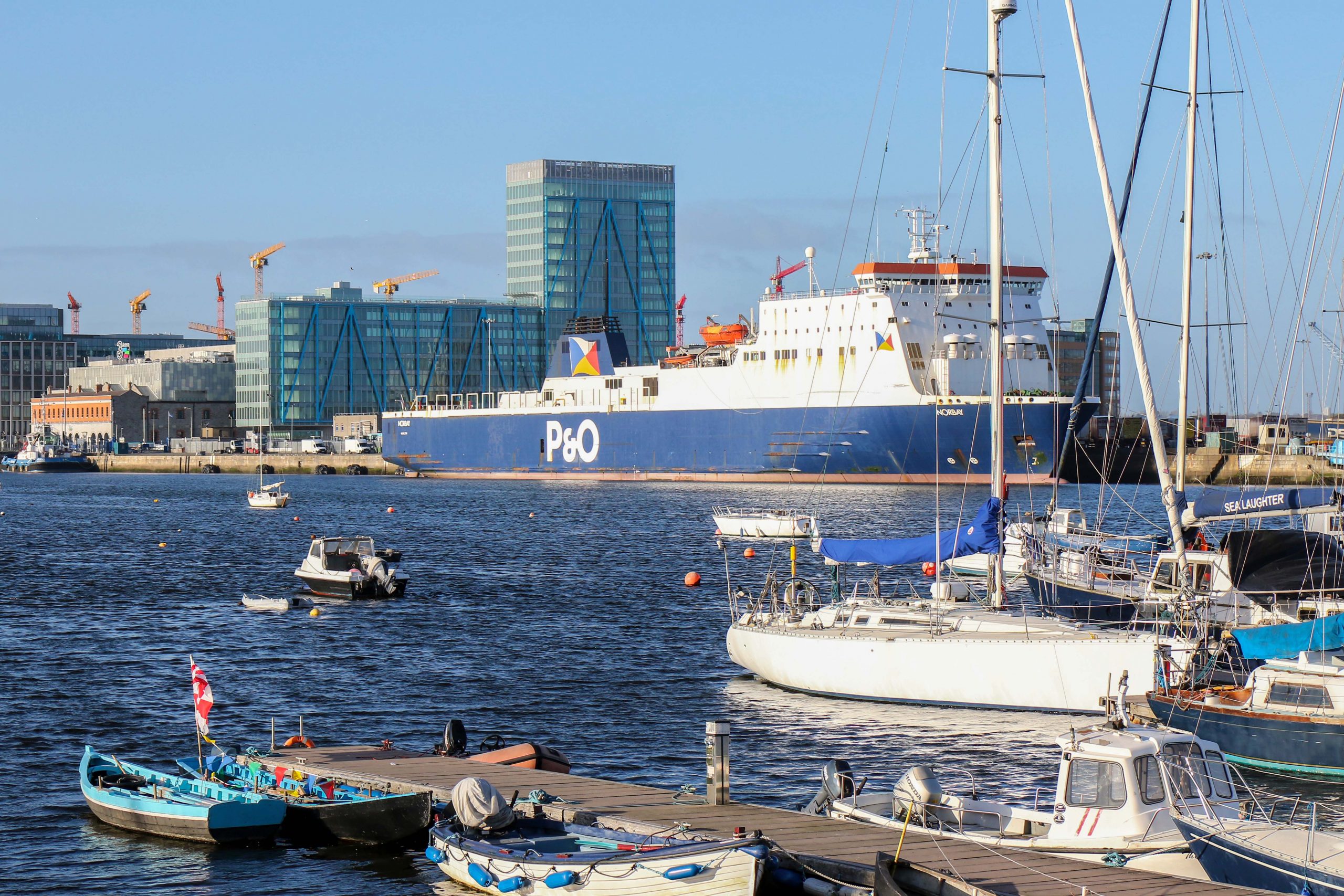Redundancy is one of the riskiest actions an organisation can enter into. That’s because it’s a sensitive time for both individuals and the business. For the individual, there can be panic and fear. It’s a loss of earnings and, for many, a loss of identity — as well as worries over no longer having the independence and empowerment any kind of work and career brings.
For the business, if they don’t manage redundancy proceedings (both before and after announcements) in a legally compliant, discreet, consultative, and efficient manner, they run the risk of damaging both consumer and employer brands.
This could be the result of having recriminations play out in a public manner – whether it be within important industry networks, in the news, or on social media.
Or, as many at the pointy end of redundancy proceedings know too well — those in HR, employee relations or the C-Suite — from the risk of litigation and a potential hit to financials.
It perhaps goes without saying that these risks are amplified when it is executives and senior managers who need to be managed into the next stage of their career or out from their current roles.
P&O, restructuring, and a damaged brand
However, redundancy and restructure are inescapable facets of corporate life.
At the peak of the pandemic, redundancy rates rocketed. They are still a real probability for those operating in sectors badly hit by the financial fallout from Covid-19.
This is especially true for businesses worried about the impact of operating in a world with uncertain geopolitics, economics and, seemingly, increasingly prone to macro crises.
It puts more pressure on firms to think about how they plan to better manage redundancy, restructure and outplacement because when it goes wrong the fallout can be very bad indeed.
The most high profile recent example of this is when P&O Ferries announced that it was cutting almost 800 staff with immediate effect.
Although P&O and their owners are operating in a pandemic-rocked industry — the owners are reporting losses of £100million year-on-year — the manner in which events unfolded brought little sympathy or positive feeling for the well-known shipping firm.
Telling staff of job losses via pre-recorded video, not entering into consultation, not giving employees warning,and not telling the government, and with many now ex-staff unaware of their next steps has led to serious recriminations.
In fact, the backlash has led to near-constant headlines and widespread outrage — neither good for the P&O Ferries brand — as well as the Prime Minister saying it looks like the business’ actions broke the law.
Furthermore, there are loud calls for the company to lose control of their operations and as well as increasing noise around a boycott of the firm. Perhaps the most damaging outcome of all.
Difficult situations can result in good outcomes — just look at Monzo
Yet the process of redundancy and outplacement needn’t be one that sparks outrage and headlines, as well as threatening the business.
In fact, done right, end-of-employment or post-employment processes can accentuate the best parts of a company’s consumer and employer brand.
Here, challenger bank Monzo presents an excellent example.
When Tom Blomfield, founder and, now, ex-president and CEO, of the London-headquartered fintech firm admitted that he was no longer enjoying his role, and it was taking a toll on his mental health, he was supported by other senior leaders into an interim position.
This was intended to allow him to still be able to deliver expertise and leadership for the growing company but to also give him space to figure out what he wanted to do next.
The process seems to have worked well for both Blomfield and Monzo.
Monzo’s founder has since left, starting a next career phase as an angel investor, mulling entries into transportation, healthcare and politics — becoming an excellent ambassador for his ex-employer in the process.
Due to his impact in helping to reshape the personal banking landscape, Blomfeld is regularly in the media, invited onto podcasts and interviewed by big name publishers, it helps to have him speak glowingly of where he used to work.
With Monzo’s net promoter score massively outstripping those of rival banks — and the company is adding new customers at a reported rate of 100,000 a month — it’s clear a potentially difficult and damaging parting of ways of the CEO and business has actually been a good thing.
If anything, it’s an example of outplacement and redundancy done in a way that enhances the reputation of the individual leaving, the still-incumbent leadership team, and the organisation’s brand, too.
Redundancy needn’t be a risky word
This is what all businesses should be aiming for when any employee, all the way up to CEO, has to leave or be managed out of the business.
Most in the C-suite, as well as senior HR practitioners, know there is increasing pressure to manage both internal and external brands in a way that delivers for stakeholders: showing that empathy, for communities, society, your people, and planet, is at the centre of operations.
Yet this can be most difficult to do at a time of change or great stress, such as a redundancy or moving on of senior leaders, as it exposes that carefully curated brand to undue public risk.
Yet, executed in a compliant and personalised manner, businesses can rest assured they have met their legal and moral obligations and have been good stewards to the organisation, too.
That process should put the outgoing leader, manager or employee at the centre of any action, giving them agency in the process, delivering personalised choice over their next steps, and offer them security, regards their achievements thus far, future purpose, and finances.
And whilst businesses may not be able to do this in-house, by utilising the right partners, as well as technology, coaching and information, they can turn redundancy from a risky process into one that can boost the market standing of the affected individuals and the business, too.









